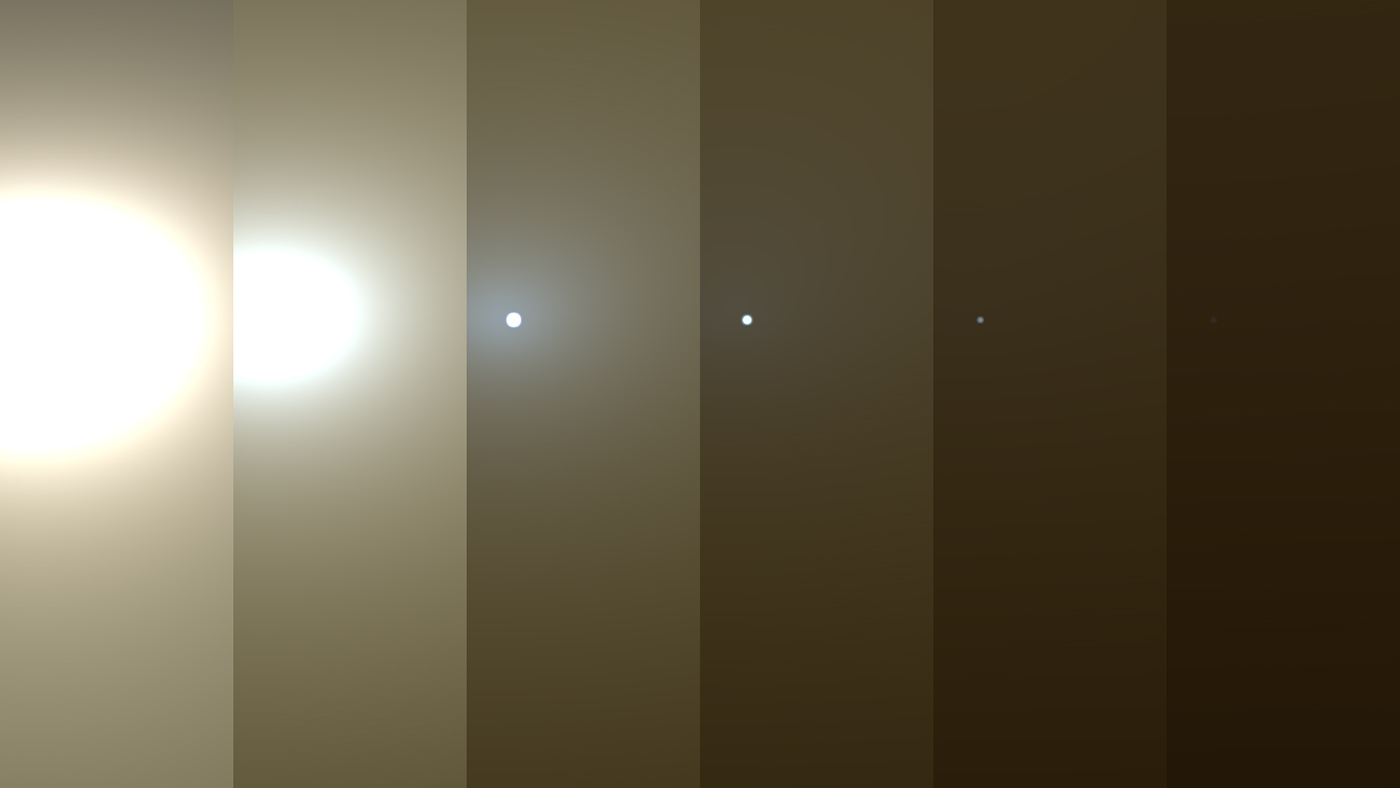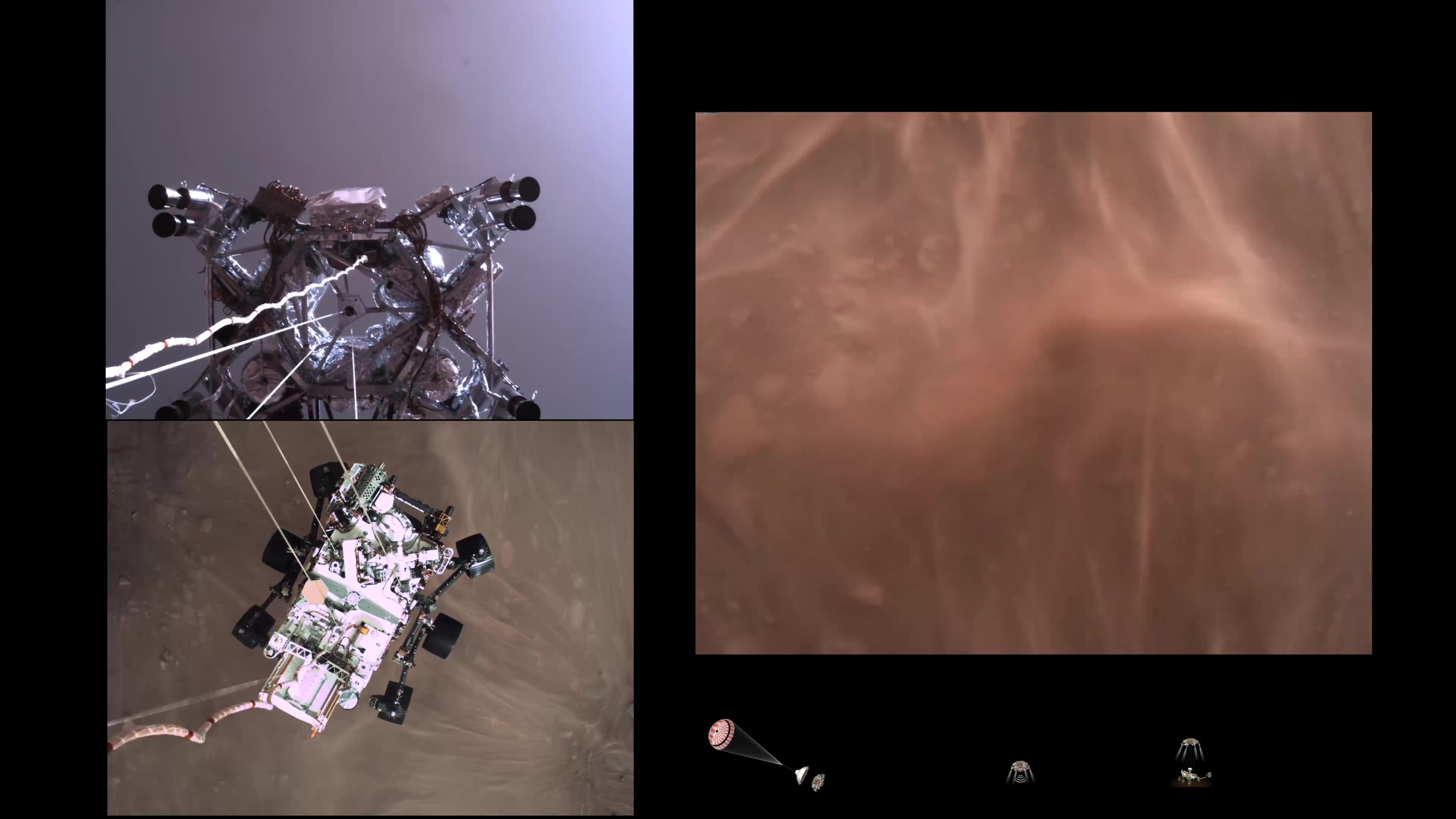First thanks for the inspiring work you guys do.
Second, as quoted above, what is the limiting factor that necessitates TWO mission launches? Is it too much mass for a single mars orbiter/earth returnee + lander package?
First thanks for the inspiring work you guys do.
Second, as quoted above, what is the limiting factor that necessitates TWO mission launches? Is it too much mass for a single mars orbiter/earth returnee + lander package?
Name changed
Thanks, puzzlegal.
What part, if any, did the lucky peanuts play in the success of the landing ?
amazing they cannot test a lot of it on earth. They can test parts of it but they did not test the landing part. And due to time delay if there is a problem they cannot fix it during the landing .
I wonder what type of software they use on the lander. Most likely it’s linux OS and C programming or maybe C++ . They probably have a custom version of linux which is easy since it’s open source.
Sojourner (the mini rover as part of Pathfinder) had a 8085 based CPU, which tickles me as that is the CPU that I used for my (and my lab partner)'s single board computer we build in college (as part of EE 473(?))
Brian
Thanks. I count myself super fortunate to be able to do this kind of work ![]()
I’m less closely connected to the architecture tradeoff work for MSR (Mars Sample Return) than I am for M2020, so I can’t really say for sure. Speaking as an engineer familiar with the field (rather than a member of the project with specific knowledge), my guess is:
Surely they made all the difference ![]()
It’s not even very much like dust storms on Earth. The reason is the thinness of the Martian atmosphere, which is less than 1% of Earth’s. It’s so thin that only the very smallest bits of dust get lofted. So when it does settle, there’s really hardly anything added on top of things already on the ground.
surprised they use PowerPC chip as the CPU, apple ditched those a while back for Intel and now they are making their own custom CPU chips for macs.
Radiation hardened CPUs are slower and bigger (150 nm compared to 5 nm for the Apple M1) compared to regular ones. The size is probably a feature as a stray particle/ray is less likely to cause issues.
Plus it is flight proven – using a newer CPU (not sure how many newer rad hardened CPUs there are) would require lots more testing and paperwork
Brian
The thing is crazy complicated- I read somewhere that it will take 10 days to poop out the helicopter from it’s underbelly mount.
Ignorance fought, I guess. But I must say it’s quite counterintuitive. Here, for instance, is a NASA simulation of the successive stages of sky darkening seen by the Opportunity rover, with the rightmost side showing the view at the peak of the dust storm in June 2018. At one point it was said that 99% of sunlight was being blocked. The dust particles may indeed be very fine but it certainly seems like during one of these major storms there’s an awful lot of it!

This series of images shows simulated views of a darkening Martian sky blotting out the Sun from NASA’s Opportunity rover’s point of view, with the right side simulating Opportunity’s current view in the global dust storm (June 2018).
Think about how thick of a layer of dust it would take to keep most light from getting through. Only a couple of millimeters would be necessary.
If you put it up into the atmosphere, you only need the same quantity.
The other thing is that there’s nothing to keep that dust in place. No water to cement it into larger particles, for example. So the next time there’s a dust storm, the same bits get lofted again. And then a local dust devil might come along and sweep it away (which is something that happened to Spirit and Opportunity’s solar panels).
Think about how thick of a layer of dust it would take to keep most light from getting through. Only a couple of millimeters would be necessary.
If you put it up into the atmosphere, you only need the same quantity.
I’ve acknowledged that dust/sand accumulation is not likely to be the problem I thought it was, despite how bad some of these dust storms look. But I’m not sure that I buy that particular argument. Consider soot particles as an example. How much soot does it take, say coated on glass, to make the glass opaque? Probably less than a micron. Yet we emit around 8 million metric tonnes of it into the atmosphere annually, and while it does have an effect on climate in several different ways, to the eye it’s essentially invisible, even in places of high concentration (like around coal-fired power plants). Haze and smog are mostly indirect effects.
Now granted, doing a quick back-of-envelope calculation, this amount of soot amounts to a very thin layer indeed if distributed uniformly around the planet, but the distribution isn’t uniform. Indeed, black carbon on snow is cited as one of the positive forcings in climate change.
Live update starting now …
https://www.nasa.gov/nasalive
Descent and touchdown video:

NASA's Mars 2020 Perseverance mission captured thrilling footage of its rover landing in Mars' Jezero Crater on Feb. 18, 2021.
Brian
Absolutely freaking amazing video!!
One of the questions that was asked afterwards was whether it was really the textbook-perfect series of events that it seemed to be, or whether anything of significance went wrong. Thing is, other than very minor things like the one loose spring on the back of the heat shield, there was very little room for anything to go wrong or the whole thing would have failed. That it all worked as well as it did plus it was able to record itself doing it are both individually awesome!
The audio bit from the microphone at the end was a nice bonus – too bad there was no audio of the actual descent. So it seems that Mars is a pretty quiet place, other than the occasional gust of wind. Also, I didn’t know that Percy is constantly humming to himself. Not sure where the noise is coming from, perhaps the RTG power unit.
Also, I didn’t know that Percy is constantly humming to himself. Not sure where the noise is coming from, perhaps the RTG power unit.
Aha … “The subdued whirring is from the rover’s heat rejection fluid pump.”